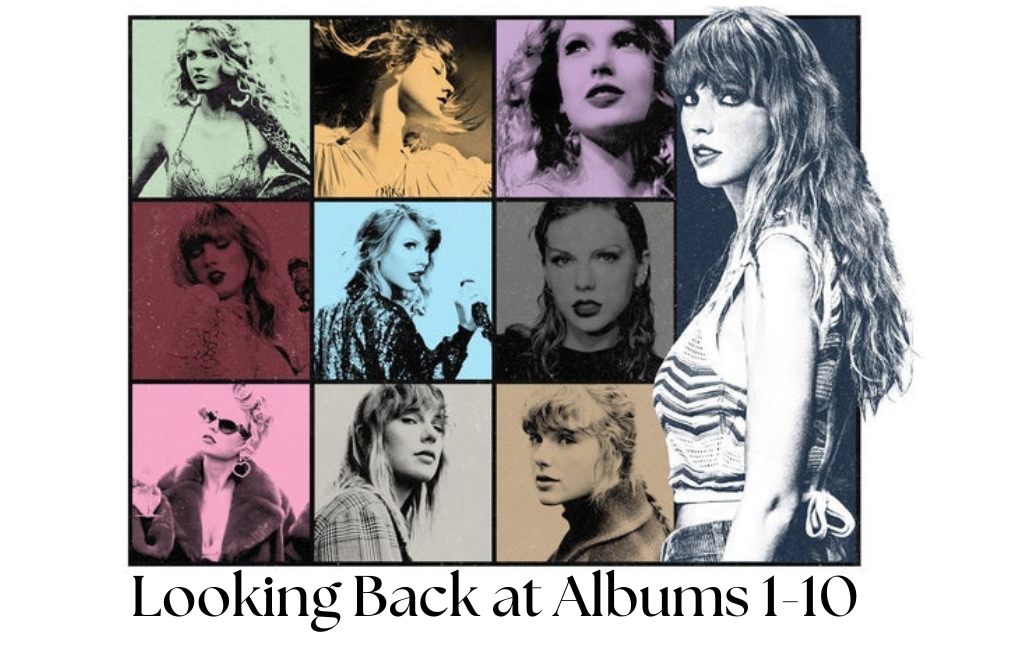Mario. I think we’re fairly well acquainted with him at this point. I’m not going to go over how “Mario” has changed video games and the world over the last 32 years, since that would be boring, obvious, and trite. Mario’s big. That’s undeniable. But is he getting too big for his own good?
2007: “Super Mario Galaxy” and “Super Paper Mario” came out. Both were unique, stand-out games that brought dimension and a new level of polish to platforming games. Now, I have a challenge for you. With the exception of “Bowser’s Inside Story,” name one Mario game that has brought some level of innovation or a new creative direction to the franchise.
Don’t worry, I’ll give you some time.
Okay, no, I won’t.
It’s a trick question. For the last six years, I’ve seen Mario star in some great games. I still love him and I wouldn’t want a video game world without him. With that said, what the heck has he done this generation? You have the few games I mentioned earlier, but besides that, what risks has Mario taken?
I’m going to count all the Mario platformers we’ve had in the last few years, not counting cross-over titles like “Mario & Sonic at the Olympics,” “Fortune Street,” and ports.
There has been “Super Mario Galaxy,” “Super Mario Galaxy 2,” “New Super Mario Bros.,” “New Super Mario Bros. 2,” “New Super Mario Bros. Wii,” “New Super Mario Bros. U,” and “Super Mario 3D Land.” That’s seven platforming games.
Now let’s count up the platformers that Mario’s had before this generation. “Super Mario Bros. 1-3,” “The Lost Levels,” “Super Mario World,” “Super Mario Land 1&2,” “Super Mario 64,” and “Super Mario Sunshine.” That’s nine.
During Mario’s 32 years in business, almost half of his platforming games came out within the last eight years. And that’s not counting all the spin-offs, from “Paper Mario” to “Mario Party” to “Mario Tennis” and all the other related games which feature our plumber.
Am I getting my point across? Mario has been in a lot of games. According to Wikipedia, he’s been in more than 200, more than just about any character in video game history. And if Mario’s popularity continues, there’s probably going to be a lot more to come.
And you know what? I never thought I would say this, but…
…I think I’m sick of Mario.
Do you know how serious this is? Ever since I was four, when I first played “Mario,” I have been a die-hard fan. With a few minigame-related exceptions, there isn’t a single game I dislike in the entire franchise. “Mario” is one of the only series I’ve pre-ordered and for which I’ve paid full price. Half of my favorite games are from his series, I know virtually every soundtrack by heart, I own tons of toys and memorabilia, I’ve watched the three Mario cartoon shows, and I even somehow sat through the 1993 Rocky Morton movie.
So what the heck is wrong with me? The last “Mario” game I went out of my way to buy was “Super Mario Galaxy 2” in 2010. Since then, I’ve never been enticed to try even one of his newer releases. Why now, after all these years, have I lost interest in my favorite franchise when it’s finally getting consistent releases?
I think that’s the very source of the problem: his releases are too consistent. I’m not talking about the spin-offs, but his actual platforming adventure games, the ones that made him famous in the first place. We had to wait five years for “Mario Galaxy” after “Mario Sunshine,” and six years for “Sunshine” after “Mario 64.” Now, Mario’s been getting annual releases for the last four years in a row, with two games released in 2012.
A Mario game release used to be a special occasion. Now, he’s just there. I don’t see the reason to feel excited about it anymore.
Over-saturation isn’t the entire problem, though. I haven’t seen Mario try to reinvent himself since he went to outer space in “Galaxy.” Since then, he’s been taking one or two references from older games (Yoshi, the Tanooki suit, the Racoon Leaf), and shoving them in our faces to hide the fact that virtually every other element hasn’t changed a bit. Sure, each “Mario” game has its own unique level design gimmicks, and the fact that the level design is still good is probably the biggest reason why the games still remain fresh to most people. However, for me, the way in which you interact with a game’s design is just as important, if not more so, than the design itself. I’ve been triple-jumping, wall-jumping, and butt-stomping in “Mario” games in the same way for far too long now, and I’m starving for something different. And by different, I mean more than just a new power-up.
The most aggravating part about all of this is that I can’t do anything to fix it. Mario is more popular than ever. People don’t stop buying games simply because they aren’t innovative. So long as they want their Mario fix, they’re going to keep getting it, and Nintendo won’t be inclined to change anything unless the market says so. I guess capitalism should be based on the market’s demand, but I know I can’t be the only one wanting more from my “Mario.” I’ve seen many franchises tank like this before, and I can’t stand to see it happen to one of my most precious childhood icons. It used to be that a Mario game was guaranteed to be good. Now, the only thing Mario is guaranteed to be is Mario.
And if people stop liking Mario, then where does that leave us? Go get some exercise, buddy. For both our sakes.
GameCrank is produced by Patrick Pontes.


